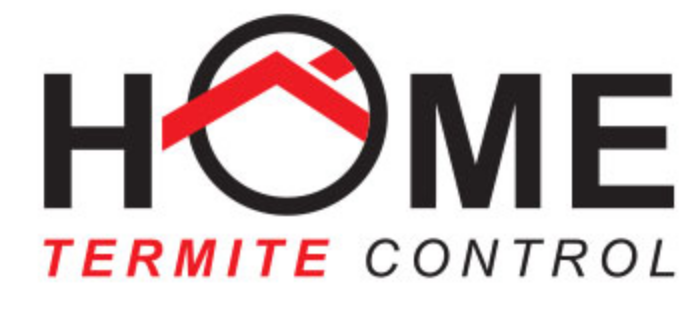First off, as part of nature, termites play an integral role in the ecosystem—they break down dead cellulose material and help further advance the decomposition process. Nevertheless, in most residential areas, this kind of behaviour is irrelevant and just plain destructive.
Ecological importance aside, what we know is that termites’ habits and behaviours are somewhat sophisticated yet discreet. They can stealthily enter your home in the most impossible ways you can imagine, like via a tiny hole or crack. And very much unlike ants, termites are shy creatures, and do not just freely roam around out in the open. The reason is that worker and soldier termites do not have eyes. Therefore they try not to be visible to their enemies including ants.
As you know, they mainly eat dead wood, plant debris, and tree stumps. But since termites have a strong sense of smell, they can very well detect wood and other cellulose materials in and around your home. And as soon as they find their way to your home, your termite nightmare will then start to haunt you and your family. These termites will either tunnel through wood or travel inside pencil-sized (or wider) mud tubes built from soil, wood particles and other materials. Upon careful inspection, you will find these mud tubes on foundation walls, sill plates, floor hoists, and support piers. Termite mud tubes may also hang from the floor system, and stick out from crevices between beams and boards.
Remember that it’s very common for any homeowner to have up to four termite colonies around the house. Studies say that there are roughly fifteen colonies per square acre; thus, each home can have four colonies within the area at any one point.
Also, when spring time starts, winged termites (not flying ants), called “swarmers” or alates” are out looking for potential mates to populate the colonies. At the same time, worker termites are already building nests for the reproductive termites. In a nut shell, the swarmer termites breed and lay eggs, whereas, the worker termites hunt food and construct tunnels (and cause damage in the process).
Termite habits, no matter how sleek, are also quite predictable and never change. They feed on wood on a daily basis and will continue to do so unless we stop them. That’s why you should watch out for early signs of termite infestation quickly enough to prevent a considerable amount of damage. Better yet, contact a professional termite controller, a licensed pest controller, for a through termite inspection.
